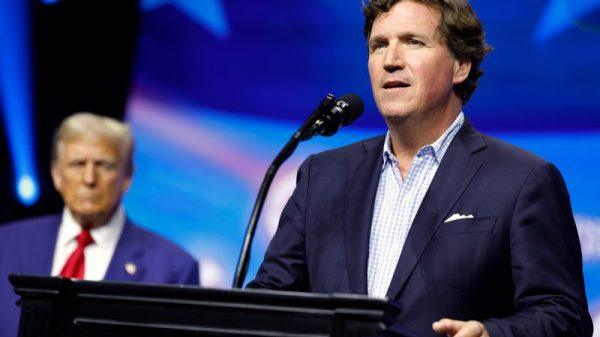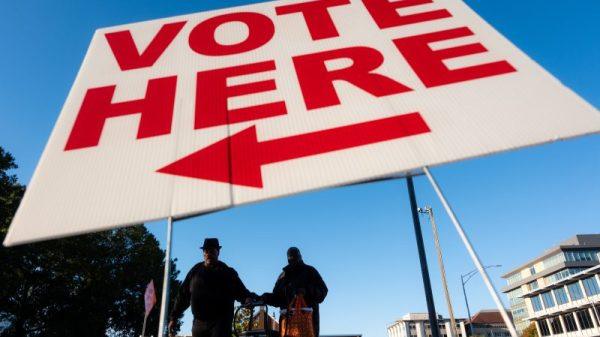By Jamie McGeever
ORLANDO, Florida (Reuters) – A record-high $7 trillion of cash is currently sitting “on the sidelines” in money market funds (MMFs). Anyone hoping to see a significant chunk of this flooding the wider investment field in the coming months may be disappointed.
Many strategists assume this massive pile of cash will start to shrink now that the Federal Reserve is cutting interest rates as investors seek a more profitable home for their capital in the face of diminishing cash yields.
And if the Fed and incoming Trump administration engineer a “soft landing” – or “no landing” – for the U.S. economy, then equities, credit and even long-dated bonds should be a lot more appealing than cash. Right?
Not so fast.
The U.S. financial and economic landscape has changed radically – perhaps irrevocably – since the pandemic. Many rules of thumb that have guided investors, businesses, consumers and policymakers for decades no longer seem to apply.
The Fed pursued the most aggressive rate hiking cycle in 40 years, yet Wall Street has rocketed to record highs and unemployment has barely eclipsed 4%. The yield curve has been inverted for two years, yet there has been no recession. Geopolitical tensions have spiked in the Middle East, yet oil prices have gone down.
In this topsy-turvy world, MMFs have emerged as a premium destination for investors’ cash.
They offer significantly higher rates of interest than rival checking accounts and commercial deposits or fixed income assets like Treasuries that would traditionally be the havens of choice for those seeking liquidity and safety.
In ‘normal’ times, longer-dated bonds carry higher yields than MMFs, because the yield curve usually has a positive slope.
But times have not returned to ‘normal’, and Treasury yields have been below the fed funds rate for two years. Why buy a two-, five- or ten-year bond and assume duration risk when you can earn more in a plain old money market fund?
Redeployment may not be so rapid. Strategists at Societe Generale (OTC:SCGLY) recommend clients maintain their 10% cash allocation next year.
Yet expectations for an imminent exit from cash persist.
“The road is lined with people trying to call the impact and timing of cash moving off the sidelines,” says Adam Farstrup, head of multi-asset, Americas, at Schroders (LON:SDR).
NO ZIRP, NO PROBLEM
MMF balances have actually increased by nearly $40 billion since the Fed started cutting rates in September, according to the Investment Company Institute, a global funds industry body.
And this shouldn’t have come as a surprise.
Recent history shows that investors’ initial response to a Fed easing cycle is to increase their cash holdings, as was the case after the Global Financial Crisis and pandemic. When rates are coming down fast, fear rises and investors rush to cash.
Investors only begin to deploy their cash hoard after rates are slashed to zero and it becomes clear that ‘ZIRP’ – zero interest rate policy – is likely to remain in place for years.
It was a different story in 2020, however, as stimulus checks and other fiscal programs quickly resuscitated the economy and the Fed soon started raising rates, ensuring that the ZIRP-driven cash drain was brief and shallow.
So what’s in store this time around?
Few people seriously expect a return to ZIRP. Indeed, since the Fed started easing in September, markets have begun pricing in fewer cuts and the implied terminal rate has risen by around a full percentage point, and MMF inflows have accelerated.
While there are myriad alternatives to MMFs, all come with downsides. Some are already expensive: many equity indices have never been higher, and U.S. corporate bond spreads have never been thinner. Others are cheap, like some emerging markets like China, but they’re cheap for good reason.
Given the high levels of uncertainty surrounding the year ahead – from geopolitical tensions to questions about President-elect Donald Trump’s unorthodox policy agenda – the environment is likely to remain cash-friendly.
And perhaps market analysts may have to start rethinking how they understand MMFs altogether. James Camp, managing director of fixed income and strategic income at Eagle Asset Management, argues that much of the $7 trillion in MMFs is now viewed not as dry powder for investment but rather as a “permanent” capital stock used for liquidity management.
“This large cash holding is more a feature of the economy now, not a bug,” he says
In other words, those expecting a mass exodus from cash may be waiting a long time.
(The opinions expressed here are those of the author, a columnist for Reuters.)
(By Jamie McGeever; Editing by Andrea Ricci)






































